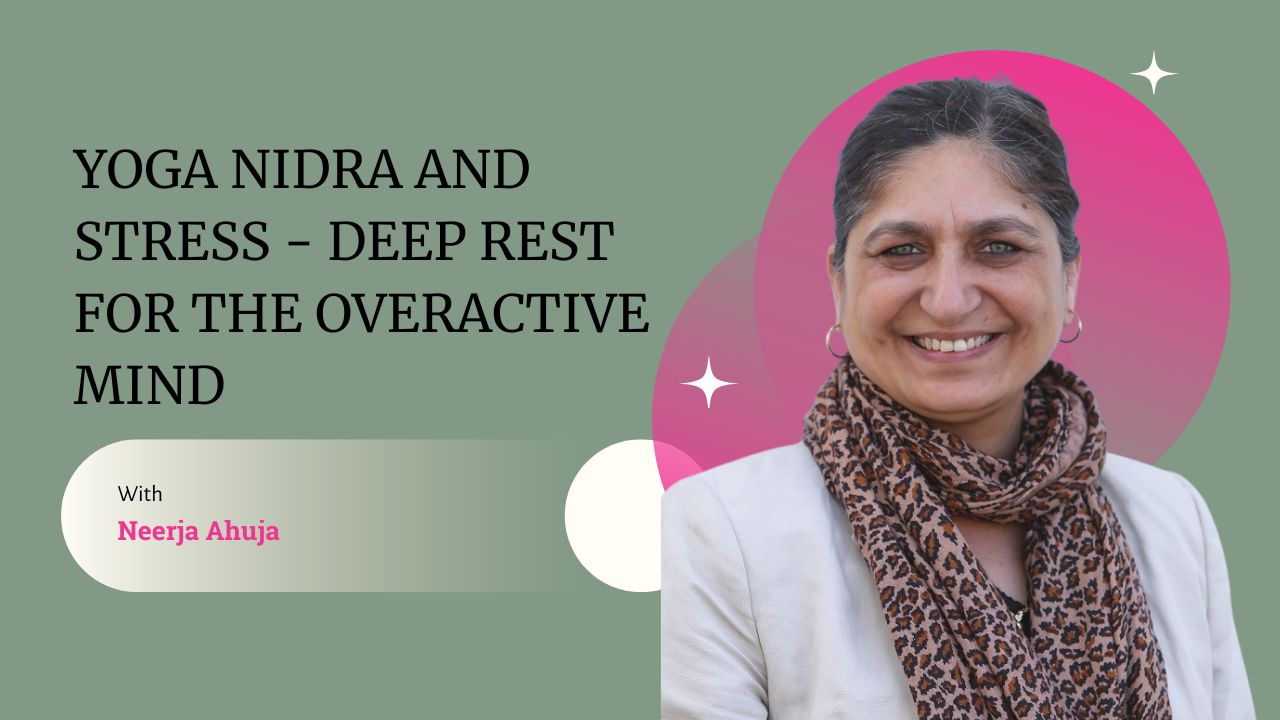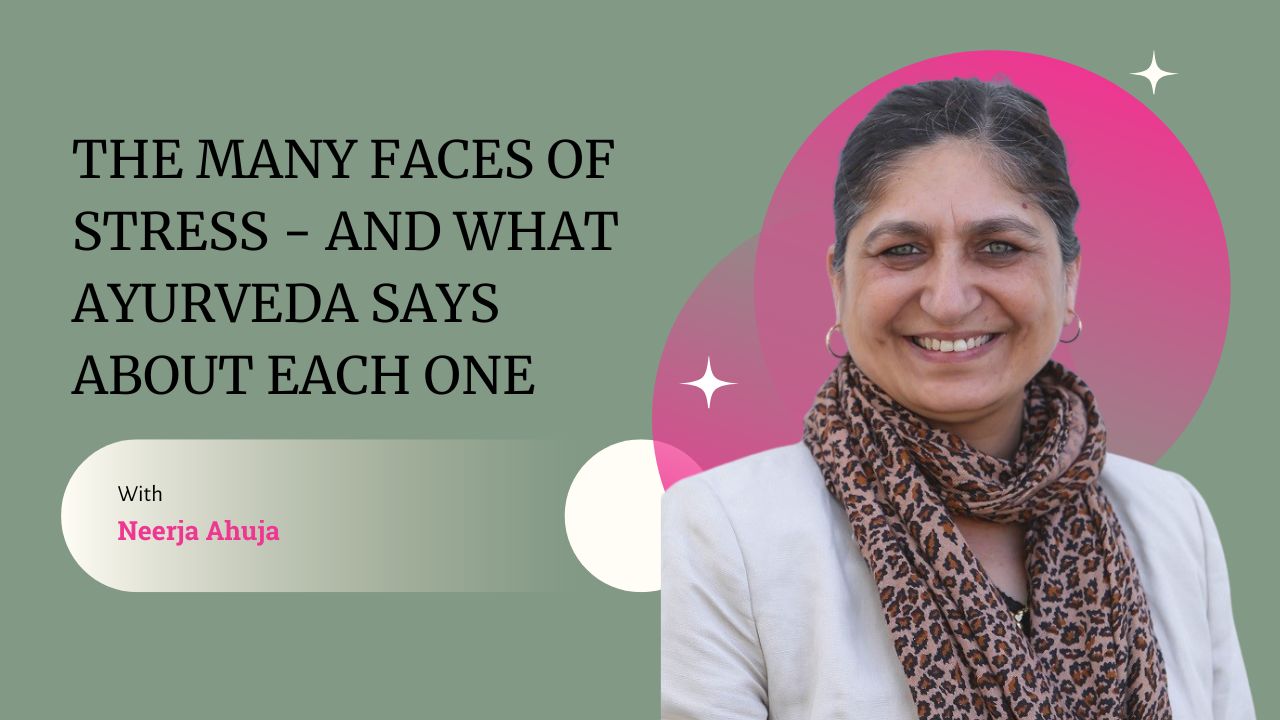Setting Context for Ayurveda Appreciation – Some Unique and Key Concepts of Ayurveda
Ayurveda is made up of two words “Ayur” and “Veda” meaning “Science of Life”. WHO [the World Health Organisation] recognises Ayurveda as a most ancient and holistic system of health care with texts said to be about 6000 years old. Ayurveda is said to be in existence in oral form for about 40,000 years. Suppressed during years of foreign occupation, Ayurveda has been enjoying renaissance in both in India and in the world. Ayurveda has greatly influenced health care practices in the East and the West. Tibetan medicine and Traditional Chinese Medicine both are considered to have their roots in Ayurveda. Early Greek medicine also incorporated many concepts originally described in the classical Ayurvedic medical texts dating back thousands of years.
According to WHO, around 80% of the world’s population use traditional medicine in one form or another, eg herbal medicine, acupuncture, yoga, ayurveda and others. Over 40% of pharmaceutical formulations are based on natural products and landmark drugs including aspirin, originated from traditional medicine, according to WHO website.
The philosophy of Ayurveda teaches that disease/health results from the interconnectedness between the self, personality, and everything that occurs in the mental, emotional, and Spiritual being. It works to heal the sick, to maintain health in the healthy, and to prevent disease to promote quality of life and long life. To be healthy, harmony must exist between the purpose for healing, thoughts, feelings, and physical action.
The Future of Ayurveda and Modern Medicine
Modern science has a detailed knowledge about parts of physical and biological nature, whereas traditional knowledge systems have a holistic knowledge of the physical, biological, and Spiritual fields of nature.
Western medicine is extremely efficient in acute conditions that need potent medications, hospital care, or high technological support.
Ayurveda is experiential, intuitive, and holistic, whereas the modern medicine is based more on experimental, analytical, and reductive reasoning.
Modern medicine treats mostly external factors or intervenes in the biochemical chain of events, e.g., by eliminating bacteria, substituting hormones, or supplementing nutritional deficiencies. In contrast, Ayurveda analyses the person apart from the disease by looking at people with distinct characteristics and innate tendencies that determine the type of treatment required.
While accepting the reality of the physical body, Ayurveda also emphasizes the role of mind and consciousness in both health as well as disease. This contrasts with biomedicine, which relates physiology to structures. In Ayurveda it is considered that one’s thoughts create health or illness which is similar to the quantum physics’ concept that thoughts create the physical reality.
Ayurveda understands the human body as interconnected within as well as outside. By integrating the role of mind and consciousness in the human body, Ayurveda is distinctly different from biomedicine’s perception of the organism as a structural entity made up of fundamental units of building blocks, that is, atoms and molecules.
We are living in a transitional moment in medicine. New studies are emerging that will help us make better choices. The field of integrative medicine represents an important achievement since it combines the best of modern medicine with the best of traditional system of natural health, such as Ayurveda.
One of the greatest challenges of modern time will be integrating the reductionist framework of science with the holistic framework of traditional knowledge systems to see the whole in the part and the parts in the whole.
Integration of PPPM (predictive, preventive, and personalized medicine) and Ayurveda
Historically, medicine has given special attention to the already diseased individual, focusing on a disorder rather than one’s health. Currently, medicine is undergoing a paradigm shift from the real-time diagnostics and treatment to prediction and prevention. The PPPM model is expected to transform the nature of healthcare from reactive to preventive.
So we see that the philosophy of health care is moving from illness to wellness, from treatment to prevention and early diagnostics and from generalized approach to personalized medicine. There are many similarities between the concepts of PPPM and Ayurveda. Both do not just consider concept of disease in isolation but consider the diseased ‘person’. A collaborative project based on concepts of PPPM and Ayurveda may help to better understand disease progression and predictive diagnosis of diseases e.g., like cancer and diabetes.
Ayurvedic medicines can contain sophisticated therapeutic formulations. Ayurveda is also a person-centred medicine (PCM), which deals with healthy lifestyle, health promotion and sustenance, disease prevention, diagnosis, and treatment.
Ayurveda has personalized approach involving constitutional assessment or prakruti, which can guide primary prevention, diagnosis, and therapeutics. Ayurveda also offers detailed guidance about food, nutrition, and diet according to the individual constitution or Prakruti as well as seasons. The scientific value of basic principles of Ayurveda like Prakruti is being studied in context to biology and genomics.
Ayurveda is uniquely patient-oriented where the Ayurvedic physician diagnoses, treats and dispenses medicine to every individual patient. This important principle can form the basis for a form of personalized medicine which will give maximum therapeutic efficacy and high safety to a particular person with a particular disorder, under specified conditions depending on individual constitution, and properties of materials. Prakruti specific prescription may also include supportive therapies, diet and life-style advice to regain physiological balance, finally resulting in the removal of the disease.
While accepting modern tools and technologies, it is equally important to respect epistemological value of knowledge system like Ayurveda. Increased recognition of disciplines like systems biology is indicative of modern science moving towards holistic concepts. So, this may be a good time to facilitate integration of Ayurveda, Western biomedicine, and modern science.
For understanding Ayurveda from modern terms, one also needs to understand its epistemology.
Ayurveda Epistemology
The epistemology of Ayurveda is based on the relation between microcosm and macrocosm involving five basic elements (mahabhuta), three dynamic principles (dosha), similar to humors, seven types of tissues (dhatus) and many other unique concepts. An introduction to basic concepts may be useful for those who are not familiar with epistemology of Ayurveda.
Prakruti – the mind body type
The evolved and explicit human physiology and behavioural science have been described to have their seeds in the philosophy of Ayurveda.
Ayurveda classifies humans based on three major constitutional types (Prakruti) based on distinct morphological or structural, metabolic, and psychological characteristics, based on doshas: Vata, Pitta, and Kapha. These types may offer phenotypic datasets suitable for analysis of underlying genetic variation. The prognosis, diagnosis, and therapeutics in Ayurveda are Prakruti specific and have similarities with modern concepts of pharmacogenomics (a field of research that studies how a person’s genes affect how he or she responds to medications). Ayurveda can provide the data sets for phenotypic classification irrespective of ethnicity, geography, and race.
Ama – The source of Disease
Ayurveda explains that most diseases are caused by an accumulation of ama or undigested food. Ama literally means “uncooked food,” but it can be understood from a scientific perspective as endogenous toxins resulting from imbalanced or incomplete digestion. Ama can be formed as a result of reduced Agni, or digestive power.
The ability to manage or reduce these may be helpful for the prevention and treatment of many disease. Ayurveda gives focus on removing ama for preventative health.
Nutrition
Ayurveda has a holistic concept of food. In Ayurveda “food” has a very broad meaning which is transformed from the heterologous into the homologous substance.
Nourishment should bring a profound physical and psychological effect, and so, even a substance containing all necessary vitamins and minerals may still not be considered “nourishing.” There is concept of “ahara”, that means “life supporting diet” and may include physical food as well as mental and emotional “food”.
Concepts of Srotas
Ayurveda generally considers the Srotas (channels), which have physical expressions, as nutrients/biological fluid transporting channels. Examples of channel systems being digestive system and circulatory system. Within the circulatory system there are macro and micro channels, arteries and capillaries. The body is free from disease when the srotas functions normally. If the srotas gets blocked or malfunctioned due to internal or external factors, the altered flow creates an accumulation of products, mainly toxic, leading to functional, and later, organic alterations.
Ayurvedic genomics and epigenomics
According to Ayurveda constructs, doshas are the dynamic principles, which govern a person’s physical, physiological and psychological functions including metabolism. Ayurveda describes three doshas namely vata, pitta, and kapha. The proportional domination of doshas in an individual is expressed as Prakruti, which broadly mean a mind-body type or individual nature. An Ayurvedic physician determines the Prakruti of a patient to personalize treatment. The Ayurvedic description clearly suggests that the innate nature is represented by individual Prakruti, which represent phenotypes.
Ayurvedic concept of predictive diagnosis
Modern biomedicine recognizes progressive nature of diseases like cancer and diabetes. It is known that slow yet progressive pathophysiological changes result in a transition from a healthy state to diseased state. Ayurvedic concept of shatkriyakaal elaborates a six-stage progressive transition from balanced to unbalanced stage leading to disease manifestation in a person. These six stages are unique and may help early recognition and early diagnosis much before onset of measurable clinical symptoms of diseases
Concept of Rasayana
Ayurveda also presents some unique clinical applications of its fundamental concepts. Rasayana is one such concept having extensive potential applications. Rasayana herbs are described to have anti-aging effects. Rasayana represent anything, e.g. herbs, thoughts, lifestyle, foods that are supportive to the qualitative improvement of tissues. A qualitative improvement essentially refers to the functional and constitutional specifications of a tissue altered by age. Such tissue would typically have optimal functions and resist premature aging. Rasayana herbs are used to promote tissue longevity through mechanisms like reduction of toxin/ metabolic waste load within the cell through their reduced production or increased scavenging, ensuring efficient use of energy within the cell, requiring less consumption leading to reduced energy requirement and reduced waste production, initiation of micro-repair by providing essential nutrients by participating in regeneration directly or through promotion of latent enzyme systems.
Shatavari, Guduchi, Haritaki, Amalaki, Brahmi, Kumari and Ashwagandha are some very well know rasayana herbs.
In the end, and Summary
Holistic treatment is the way of treatment in Ayurveda. It says that one herb or one drug would not cure the imbalance of “Dosha”. Therefore, traditionally, in most of the cases, a combination of herbs and plants (which are even part of staple food) are recommended for treatment. It is quite possible that a herbal formulation has a combination of compounds, where one compound either potentiates the effect of other, or increases the bioavailibilty, or reduces the toxicity. A good example is the use of turmeric with black pepper as a spice. It is now known that the bioavailibity of curcumin (active ingredient of turmeric) is increased by piperine (an active compound in black pepper) by preventing the glucuronidation of the curcumin.
Contemporary cell biology of pathogenesis could benefit greatly by appreciating the ancient concepts of “srotas,” “srotodushti,” “agni,” “ama” “mala”, and others. Such Ayurvedic descriptors can enable the correlation of subtle changes in organ, tissue, and cell and molecular biology parameters to the “shatkriyakal” process—the six stages of progress towards disease—described first in Sushruta Samhita. The adaptation to environmental changes that the human body accommodates to maintain good health and mediated by cellular processes could well be seen through and studied by using such descriptors.
At Ayurveda Awareness Centre, we are starting a new “Ayurveda Appreciation” short course program to bring appreciation of Ayurveda to community, including for medical and other health practitioners other than the community in general. Total time is about 30 hours range.
The program is combination of online LIVE and recorded videos. It will be available from September 2022. You can add your name in waiting list so you can be the first one to be informed when the program is launched. Early bird pricing applicable for enrolments received before launch.
Please email neerja.ahuja@ayurveda-awareness.com.au for any enquiries, or to make a booking
References:
-
- https://link.springer.com/article/10.1186/1878-5085-3-16
- https://www.hindawi.com/journals/ecam/2011/929083/
- https://www.researchgate.net/publication/354309907_COMPENDIOUS_REVIEW_OF_PARA_AND_APARA_OJAS_IN_PURVIEW_OF_GENETICS_AND_EPIGENETICS
- https://www.researchgate.net/publication/330556453_Need_for_Integration_of_Ayurveda_with_Modern_Biology_and_Medicine



